Obviously, we’re living through an era of censorious puritanism. Granted, the contemporary creeds are different from those of the 16th century. But the imperious self–righteousness is much the same — which gives the entertaining little exhibition at the National Gallery entitled Sinan unexpectedly contemporary edge.
Personally, I’ve always thought that the doctrine of original sin has a great deal of explanatory power (it explains why history can’t ‘end’ and plenty of things will always go wrong — because that’s the way people are). Arguably, the medieval list of deadly failings — anger, pride, sloth, etc — provides a better summary of human nature than many later attempts. At any rate, all seven are still both prevalent and virulent (see news and social media, passim).
According to this traditional point of view, a painting such as Cranach’s ‘Adam and Eve’ (1526) depicts the moment when sin gets going. The picture also illustrates, beautifully, something many of us still believe: namely that the natural world is good and innocent (rather than full of creatures rending each other with tooth and claw).
All around the weak-willed couple are docile, beautifully depicted furry and feathery creatures including a wild boar, stag and heron. In this paradise all forms of life are benign — with the possible exception of reptiles, since the pair of humans are being tempted by a devilish snake.
Cranach was very good at animals, better than he was at drawing naked people (look at Eve’s rubbery legs). He also accomplished something often achieved by art: luring the spectator into transgression while staying, nominally, on the correct side of the line. Cranach’s naked Adam and Eve are plainly intended to appeal to the lustful. His ‘Venus and Cupid’, hanging next door, is almost identical in idiom.
Neither, though, is as uninhibitedly, outrageously lascivious as Bronzino’s ‘Allegory with Venus and Cupid’ (c. 1545). This visual hymn to sinfulness and licentious pleasure has lured art historians into ecstasies of obscurity as they try to explain, so far unsuccessfully, exactly what it all means, and caused embarrassment to more than one owner.
While the picture was in the collection of Louis XIV, Venus’s nudity was veiled with lingerie, and a bunch of myrtle inserted to cover Cupid’s bottom (regarded as an especially immoral detail). When Sir Charles Eastlake, then director of the National Gallery, bought the painting in 1860 he noted that its previous owner had considered it ‘most improper’.
Eastlake ordered Venus’s tongue and erect nipple to be painted over by a restorer, additions not removed until 1958. He also thought it best to put it on a list of paintings never on any account to be shown in Scotland.
The Bronzino was lucky to survive at all. A comparably indelicate picture by Michelangelo, ‘Leda and the Swan’, representing a naked woman in an extremely intimate act with a large bird, was destroyed on the orders of Louis XIV’s mother. Indeed, during the dark eras of the reformation and counter- reformation almost as many pictures were burnt for their sinfulness as were people.
An anonymous picture from around 1500, ‘The Mass of St Giles’, depicts another marvellous object destroyed in a fit of fanatical sanctimoniousness. The saint is standing in front of the altar of St Denis, on which there is a magnificent Carolingian cross and altarpiece made of gold and precious jewels. This masterpiece, like so much medieval art, was destroyed during the French Revolution.
There is another piquant detail in this lovely little picture. At the top an angel is bringing a note from heaven stating that Charlemagne, who is kneeling to one side looking thuggish, will be let off his sins thanks to the saint’s intercession. This was of course exactly the kind of thing that infuriated Protestant reformers.
Velázquez’s ‘Immaculate Conception’ depicts one dogma that led to centuries of bitter dispute: the belief that the Virgin Mary was without sin from the moment of her conception. This notion provoked ferocious dissension between Franciscans and Dominicans, let alone Catholics and Protestants.
Christ’s proposal in the case of the woman taken in adultery, ‘He that is without sin among you, let him first cast a stone’ is the wisest and most humane remark ever made on this subject. Pieter Brueghel the Elder’s little monochrome painting of the incident, which is included in the exhibition, is itself a combination of painterly virtues such as subtlety, delicacy and pitch-perfect tonal accuracy.
Nonetheless, I cannot resist just one criticism. Tracey Emin’s neon piece ‘It was just a kiss’ (2010) is delightful in itself. But putting a work such as this composed of bright electric light, next to an old master painting such as Bronzino’s, is highly unflattering
to both. From the visual point of view, it is an abomination.
Got something to add? Join the discussion and comment below.
Get 10 issues for just $10
Subscribe to The Spectator Australia today for the next 10 magazine issues, plus full online access, for just $10.
You might disagree with half of it, but you’ll enjoy reading all of it. Try your first month for free, then just $2 a week for the remainder of your first year.

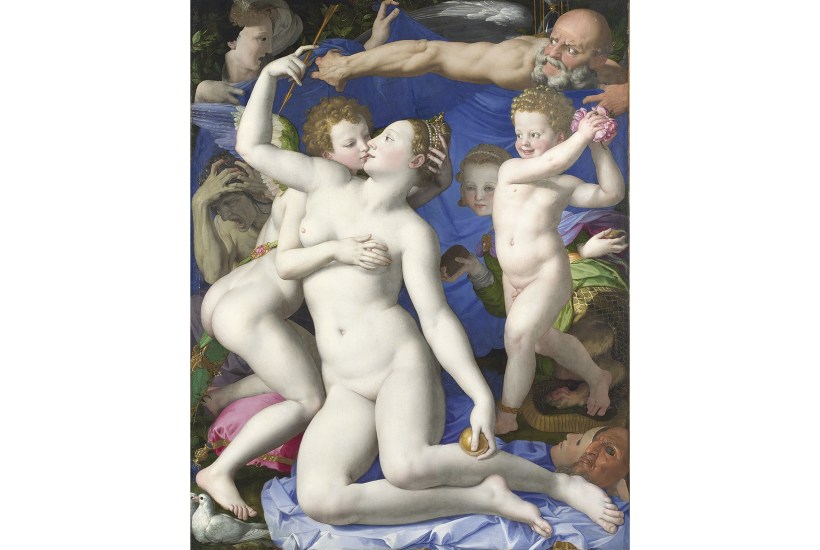
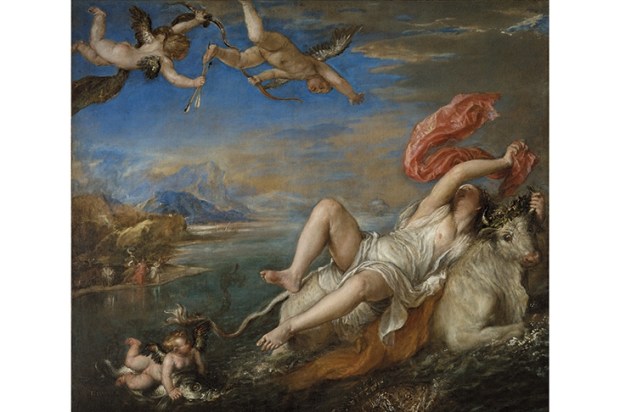
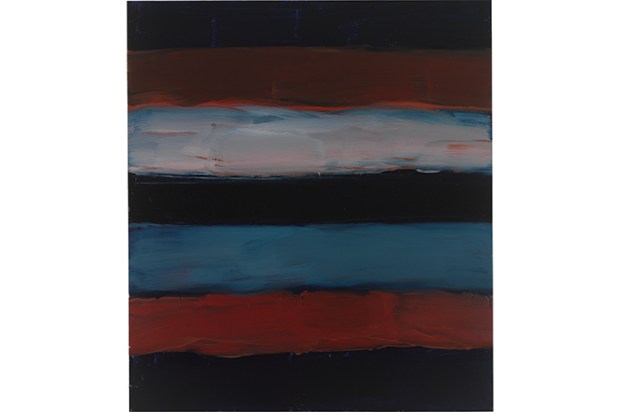
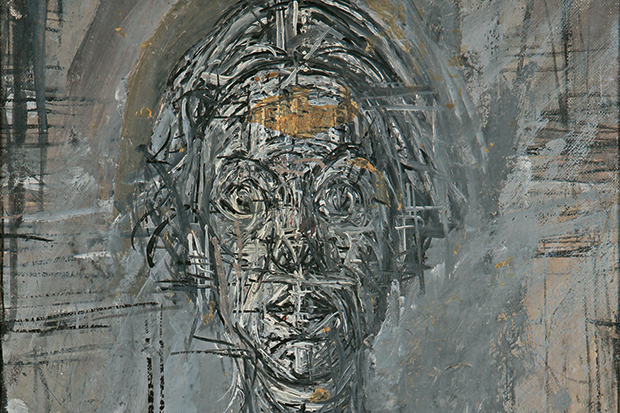

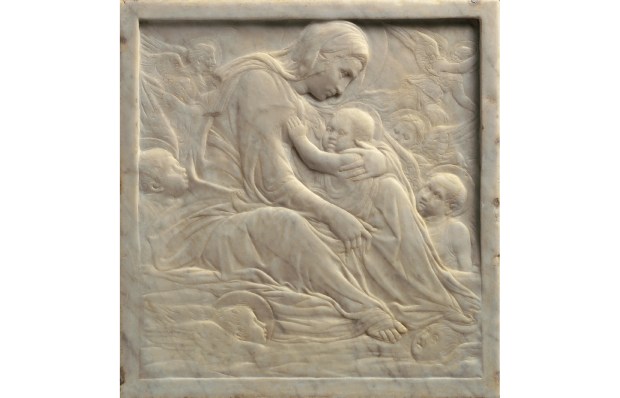
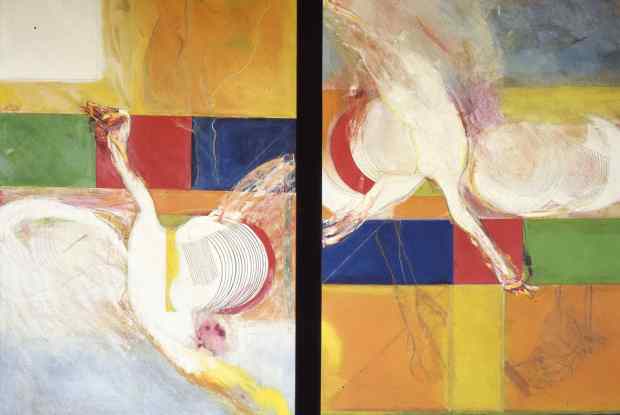






Comments
Don't miss out
Join the conversation with other Spectator Australia readers. Subscribe to leave a comment.
SUBSCRIBEAlready a subscriber? Log in